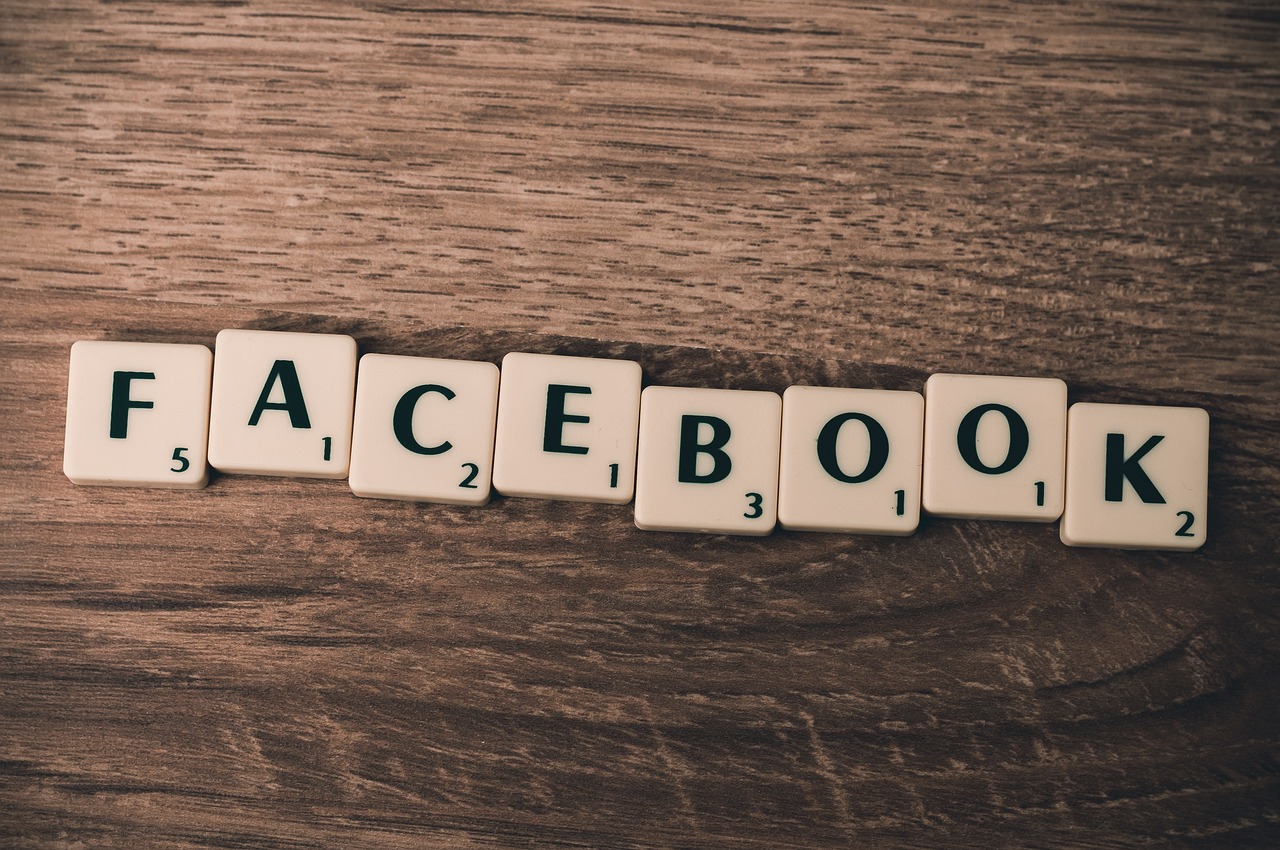Every scroll through your social media feed is curated by algorithms more sophisticated than you realize. These systems, powered by machine learning and vast datasets, don’t just show you content—they shape your worldview, influence your emotions, and even affect your purchasing decisions.
The Engagement Optimization Engine
Social media algorithms have one primary goal: keep you engaged. They analyze millions of data points—your likes, shares, comments, time spent viewing posts, and even how fast you scroll—to predict what content will capture your attention. The algorithm doesn’t care if content is true, helpful, or healthy; it only cares if it’s engaging.
The Filter Bubble Effect
Algorithms create “filter bubbles” by showing you content similar to what you’ve previously engaged with. If you like posts about a particular political viewpoint, you’ll see more of the same perspective. This creates echo chambers that reinforce existing beliefs while limiting exposure to diverse viewpoints.
Emotional Manipulation
Research shows that social media algorithms can influence your emotional state. Content that triggers strong emotions—anger, outrage, joy, or fear—receives more engagement, so algorithms prioritize emotionally charged posts. This can create a cycle where your feed becomes increasingly extreme to maintain engagement.
The Comparison Trap
Algorithms learn what makes you feel envious or inadequate and exploit these feelings. If you spend time looking at luxury travel posts or fitness influencers, the algorithm will show you more of this content, potentially fueling feelings of inadequacy or FOMO (fear of missing out).
Commercial Influence
Social media algorithms seamlessly blend organic content with advertising. They analyze your behavior to determine not just what products you might want, but the optimal timing and presentation for advertising. This creates a form of “native advertising” that can influence purchasing decisions without you realizing it.
The Addiction Mechanism
Algorithms are designed to create habitual use through intermittent reinforcement—the same psychological principle that makes gambling addictive. By unpredictably delivering content that triggers dopamine release, social media platforms create compulsive usage patterns.
Platform-Specific Strategies
- Facebook: Prioritizes content from friends and family, but also amplifies controversial posts that generate discussion
- Instagram: Emphasizes visual content and Stories, with algorithms that favor recent posts and high engagement
- TikTok: Uses sophisticated AI to analyze video content and user behavior, creating highly personalized feeds
- Twitter: Balances chronological tweets with algorithmic suggestions, with trending topics influencing visibility
Taking Back Control
Understanding how algorithms work empowers you to make conscious choices about your social media consumption. You can diversify your feeds by actively seeking out different perspectives, use time limits to prevent compulsive scrolling, and remember that your feed is not a neutral representation of reality.
The algorithms aren’t inherently evil, but they’re designed to serve platform interests, not necessarily your wellbeing. Awareness is the first step toward healthier social media use.



